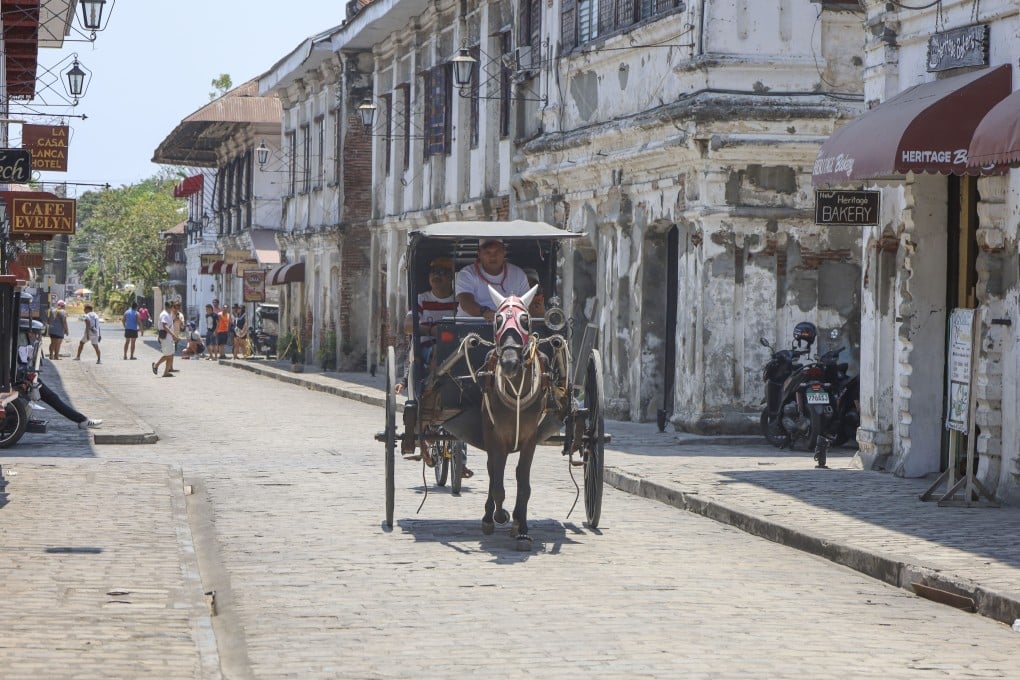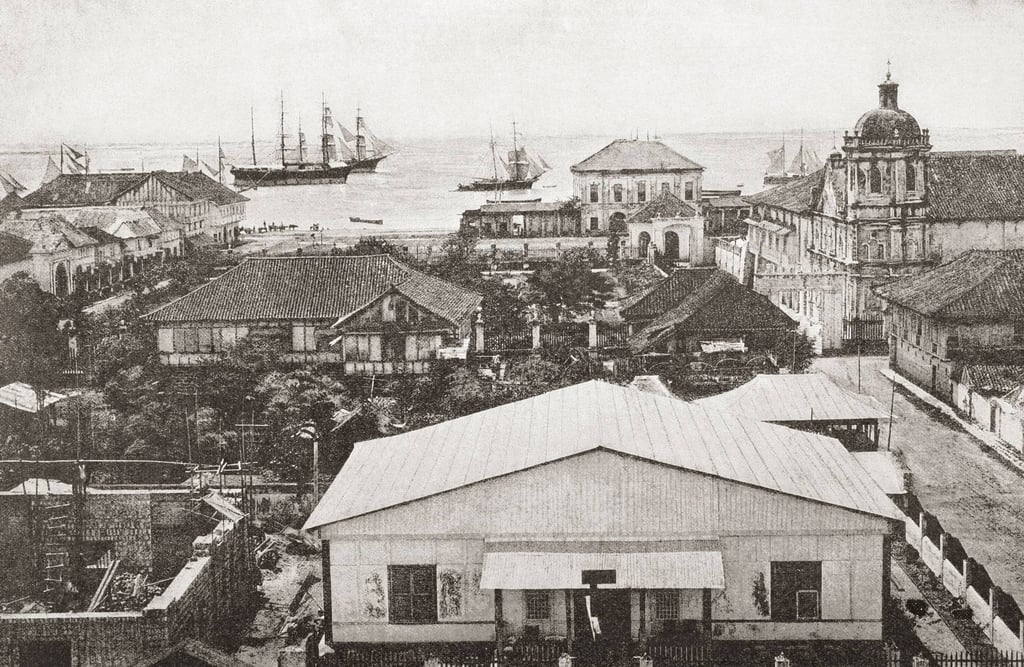The Spanish Philippines: what is there to see? Colonial buildings in Cebu, Manila and beyond
- War and natural disasters razed much of what Spanish colonisers built in the Philippines. But impressive churches, houses and former official buildings remain

When the Trinidad, Victoria and Concepcion anchored off Leyte island in 1521, the destiny of the Malay/Austronesian peoples inhabiting a chain of more than 7,000 islands was to be forever changed. The Spanish had arrived in what would come to be known as the Philippines.
Things did not get off to a good start. The expedition leader, Portuguese explorer Ferdinand Magellan, found willing converts to Christianity on Cebu, but Lapu-Lapu, rajah of neighbouring Mactan, did not take kindly to cavalier Iberians intruding on his sun-kissed realm.
Magellan and a number of his men were killed in battle. Those who survived sailed on, a few of them managing to complete the first known circumnavigation of the globe.
As news of the discovery of these resource-rich islands spread, the Spanish were resolved to return. Over subsequent decades, the archipelago was merged as one polity and named Islas Filipinas, after Spanish king Felipe II (1527-1598).

Subsequent colonisation by the United States, devastation during World War II and developments in the decades that followed independence, in 1946, have done much to mould the contemporary character of the nation.
Yet three centuries of Spanish rule left an indelible mark on the Philippines, evident in place names, tasted in distinctly Hispanic cuisine and audible in the Latin words that have found their way into the Filipino lexicon.
